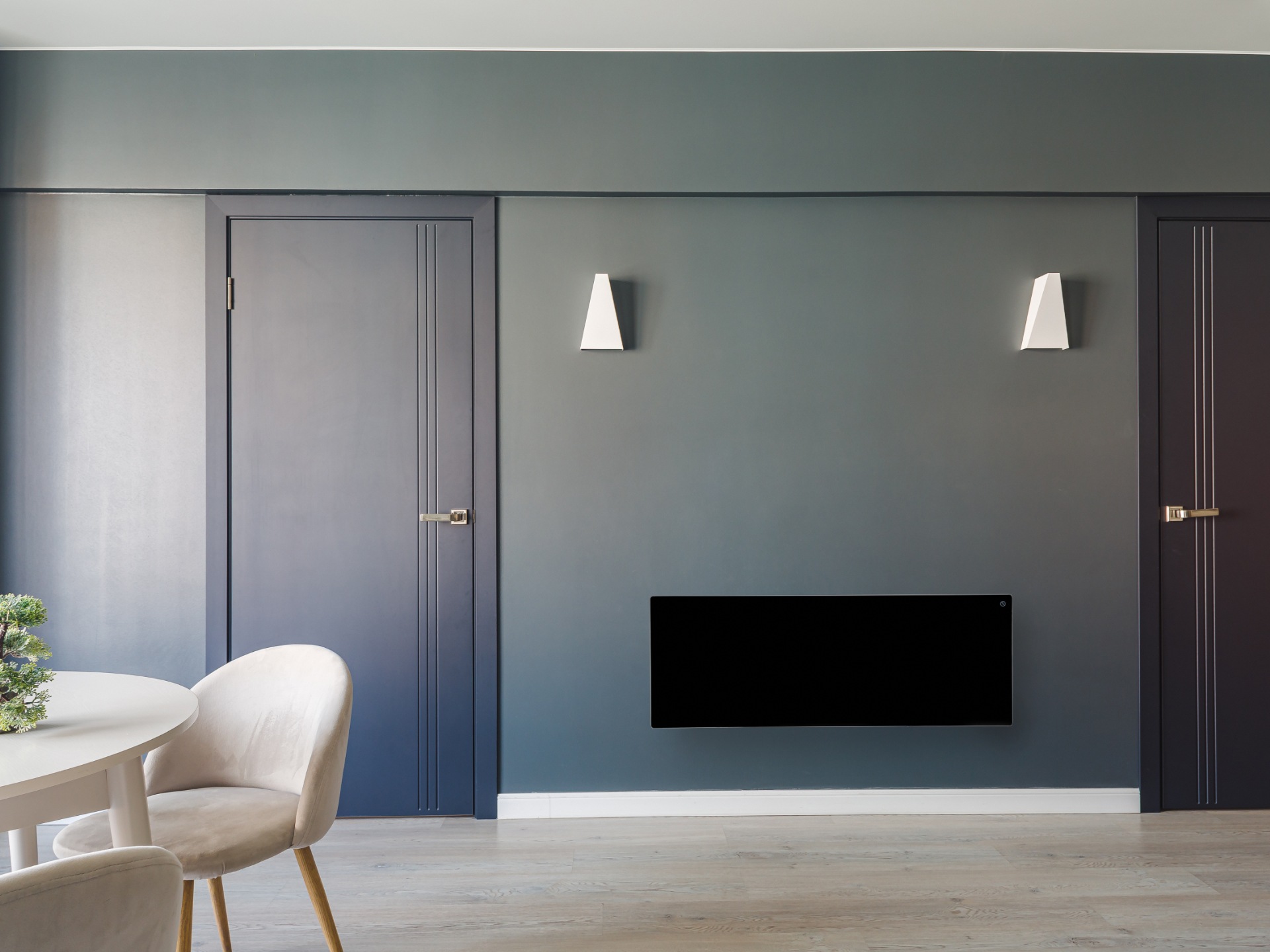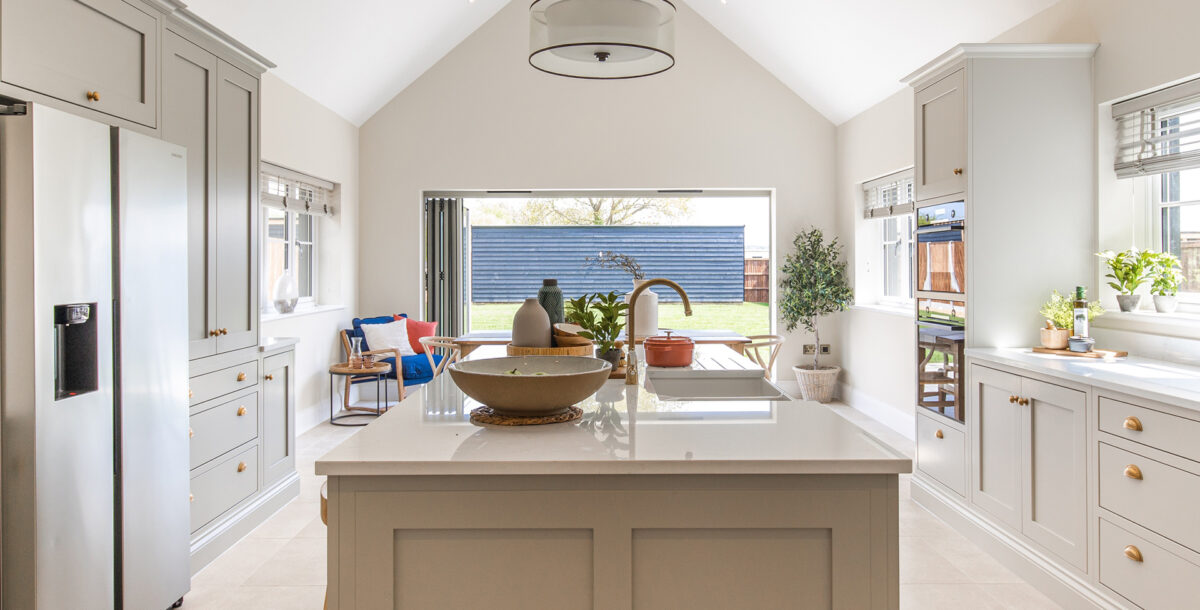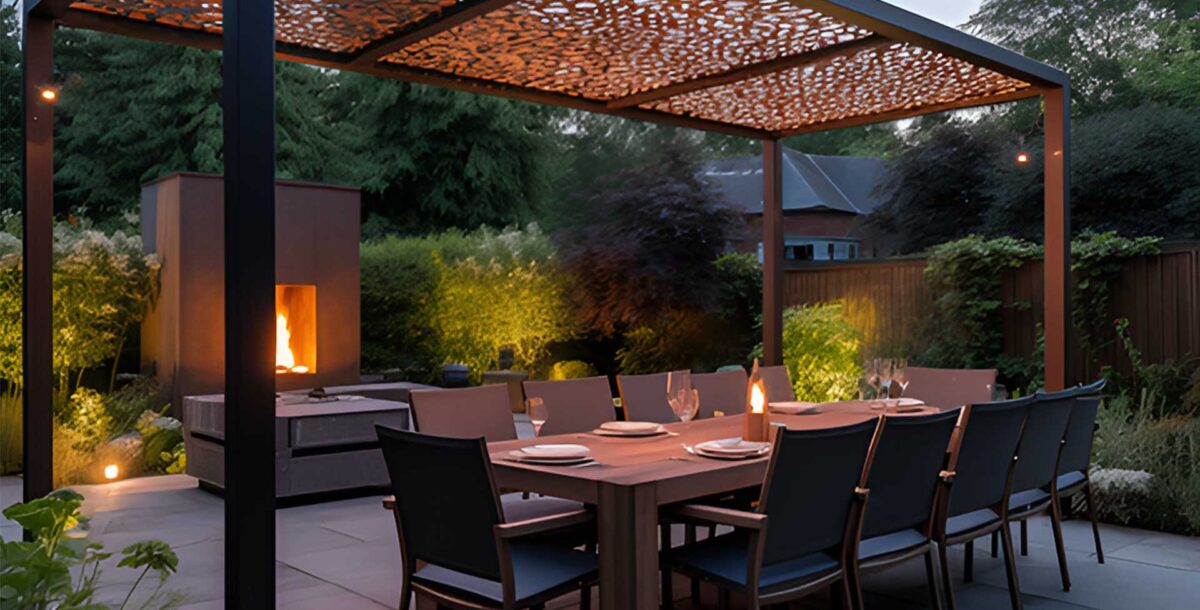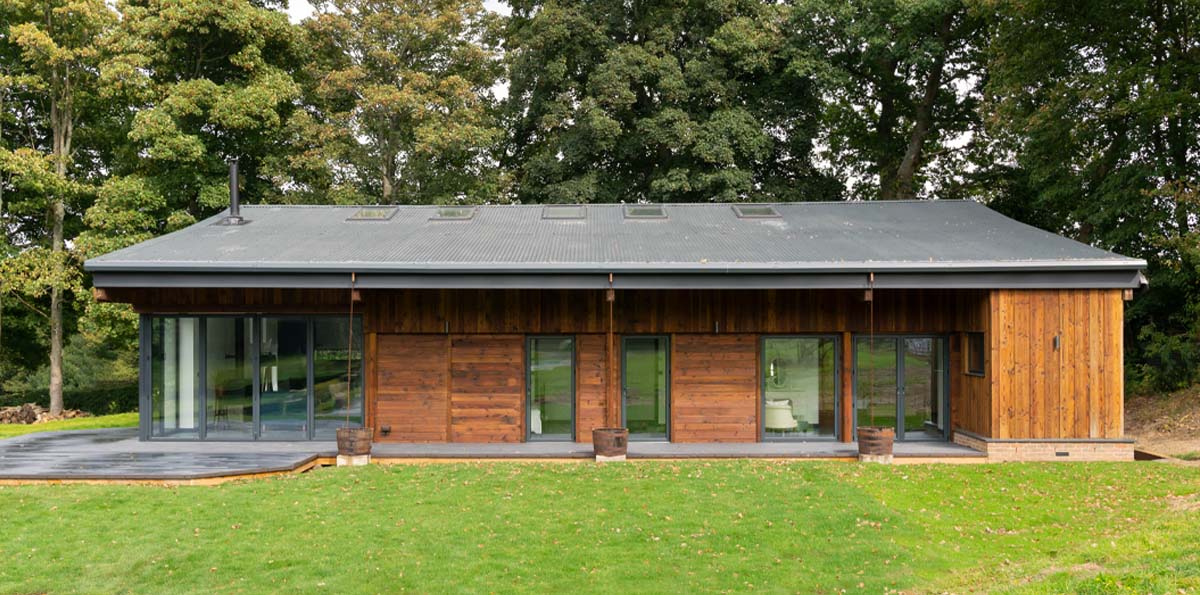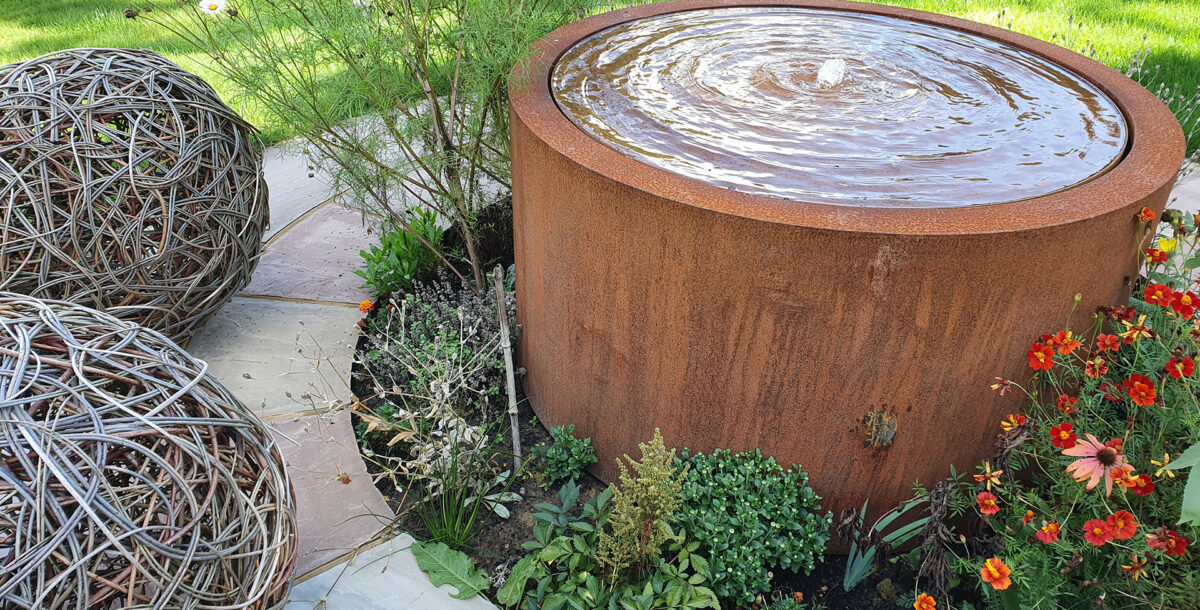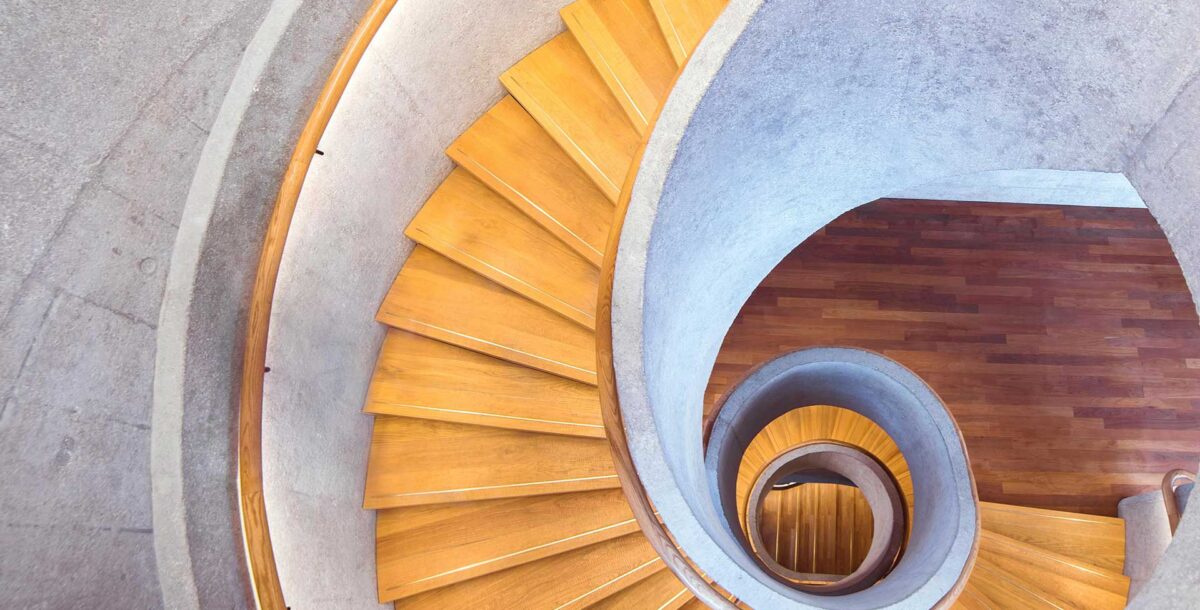How does infrared heating work? Pros and cons of the electrical heating system
Using radiating heat versus convection, infrared can warm you faster and cheaper than traditional heating
All forms of electrical heating are good in terms of efficiency and simplicity, and they’re also low-carbon, producing no emissions. Traditional electric heating systems including fan heaters, oil-filled radiators and convector heaters, which will all warm up your home, but tend to be expensive. Infrared heating is growing in popularity, with heaters able to keep you warm more efficiently. But how does infrared heating work?
How does infrared heating work?
Traditional electric heaters, and even wet radiators, use convection to warm a room. That is, they heat up the air, which then circulates slowly, warming up a room and, as a by-product, ourselves. These types of heaters are relatively slow, and therefore inefficient, at raising a room’s temperature, and drafts can cause cold areas.
Infrared heating is a type of radiant heat. Instead of heating the air, it heats objects directly, including walls, furniture and, of course, yourself. The best way to think about radiant heating is to think about the primary source of it that we encounter every day: the sun.
Even on a cold day, if you stand with the full sun on yourself, you feel much warmer than the ambient air temperature. With infrared heating panels, radiant heat is pumped out in all directions, warming every object in the room without heating the air in between.
Heat from an infrared heater goes directly into the building and furniture until they hit thermal mass, storing and releasing the energy back into the room. In effect, everything in the room, from the walls and furniture to yourself, becomes radiators, releasing warmth back into a room.
Once a room starts cooling, an infrared heater only needs to be on for a short period to top up the warmth to build thermal mass.
With convection heaters, hot air can rise to the ceiling, where it’s useless, or escape through gaps in the home. Once the air is cold, then the entire process has to start again, which is very inefficient.
What are the pros of infrared heating?
The main benefit is that infrared heating will warm all parts of your home, from the walls to the floors. That means ending cold spots, so the environment feels more comfortable. It’s also a more natural type of heat, akin to standing in the sun rather than leaning up against a very hot radiator.
Infrared heating panels are very simple devices that require no yearly maintenance, which offers a cost saving over running a traditional boiler or even a heat pump.
Heaters can be connected to your standard electricity supply, and can be floor, wall or even ceiling mounted. With the latter option, you can save on wall space and have panels tucked out of the way where you don’t notice them.
Kitting out an entire house with infrared heating gives you zoned heating with individual room control. That can be a big cost saving, as you only ever need to heat the room that you’re in. And, as infrared is fast to warm a room, you can turn on a heater when you need it.
Infrared heating is also a lot more efficient at heating, and typically, an infrared heater can be 40% smaller than a traditional convection heater. So, if you need a 1kW convection heater, a 400W infrared heater should be as comfortable.
As infrared heaters use electricity, you can lower running costs by installing solar panels and generating your own electricity.
Infrared heaters have no moving parts or vents, so they don’t produce any noise, and you won’t get a smell of burning dust, as you do with some convection heaters.
As well as useful inside, outdoor infrared bar heating is available. As these heaters heat you, you can sit outside in the middle of winter and still feel warm. A traditional convector heater just wouldn’t work, as it can’t warm up all of the air outside.
What are the cons of infrared heating?
Infrared heating systems are generally a little more expensive to install than upgrading a wet boiler system to either a heat pump or a more efficient boiler. And, the Boiler Upgrade Scheme will not fund an infrared installation, so you have to pay for everything.
As infrared heating panels radiate heat, they need line-of-sight to any object that they want warm, so you can’t place them behind furniture: they need open space to work. That shouldn’t be a big issue in most homes (blocking a heater is not a good idea, regardless of type), particularly as you can get ceiling-mounted panels.
Infrared heating also can’t heat hot water, so you’ll still need some method of heating water for showers and hot taps.

